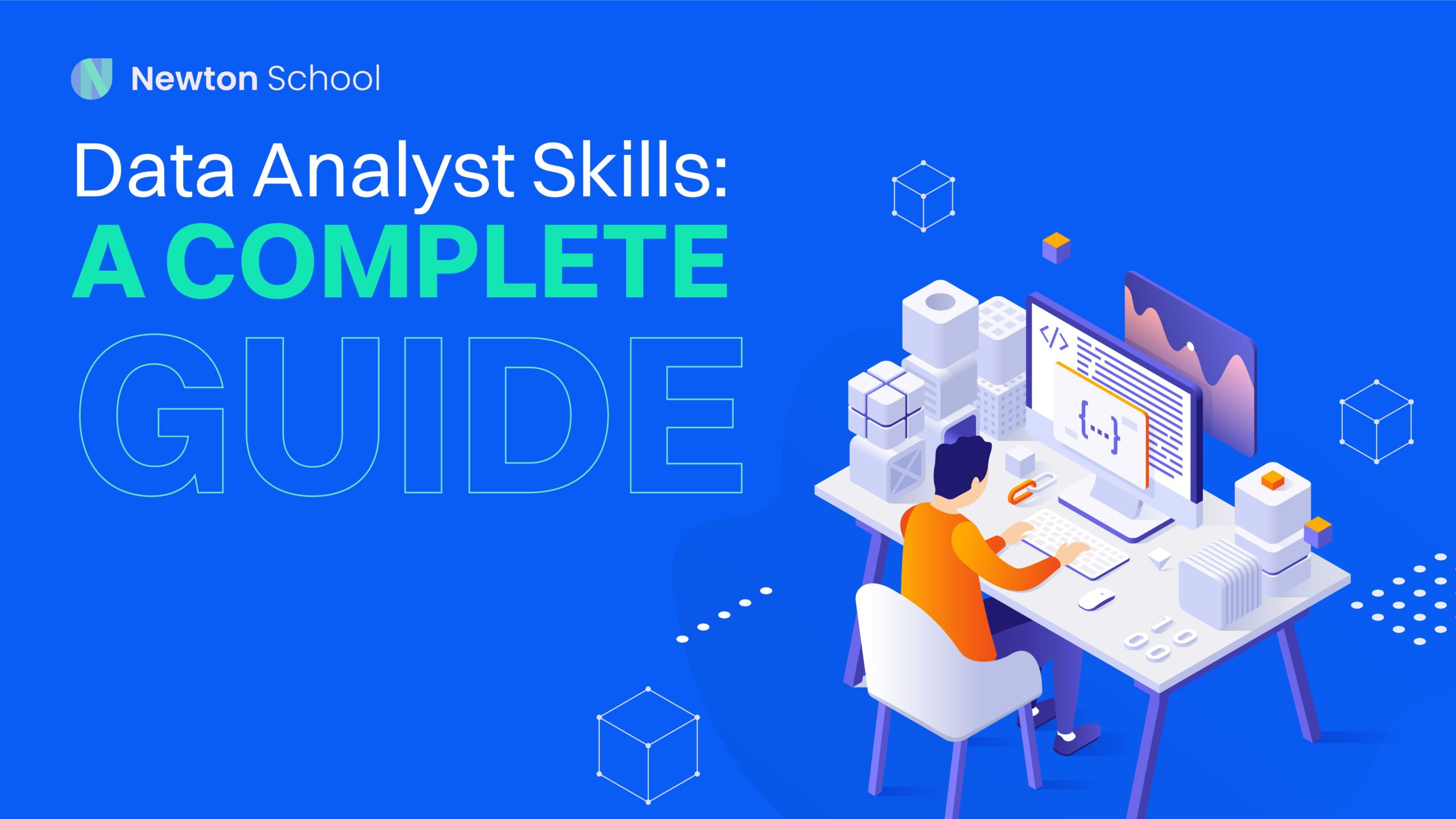How to Start Learning Data Analyst Skills: A Beginner’s Guide to Succeed in Data Analysis
Introduction
The demand for data analysis skills in education technology is rapidly growing. Universities, colleges, and schools are turning to data-driven decisions to enhance student success, refine institutional performance, and improve learning outcomes. If you are a job seeker interested in an education technology role—notably as a data analyst—this beginner’s guide will walk you through how to start learning data analyst skills, key areas of focus, practical tips, and the benefits of mastering data analysis in the academic world.
Why Data analyst skills are Essential in Education technology
Education technology has transformed the academic landscape. Institutions collect and store vast amounts of data related to student performance, enrollment patterns, teaching efficacy, and administrative processes. Data analysts play a crucial role in interpreting this information to inform decisions,support educators,and optimize technology solutions for improved learning experiences.
- Improved Decision-Making: Data analysts help administrators and educators base decisions on concrete evidence rather than intuition.
- Personalized Learning: Analyzing student data allows for tailored instruction, addressing individual strengths and weaknesses.
- Resource Allocation: Schools maximize budgets and deploy resources effectively through data-driven insights.
- Predictive Analytics: Data analysts forecast trends, student outcomes, and other metrics, enabling proactive action.
essential Data Analyst Skills for Education Technology
To succeed as a data analyst in schools or universities, you need to master a combination of technical, analytical, and communicative skills. Here’s where to focus your learning efforts:
1. Statistical Analysis & mathematics
- Descriptive statistics: Understand averages, medians, modes, variances, and standard deviation.
- Inferential Statistics: Learn hypothesis testing,regressions,and correlation analysis to draw insights from samples.
2. Data Cleaning and Preparation
- Gathering, organizing, and validating data are foundational steps before analysis.
- Master data cleaning techniques to remove errors and standardize data collected from various sources.
3. Data Visualization Skills
- Use charts, graphs, and dashboards to present findings in a clear and visually appealing manner.
- Popular tools include Microsoft Excel,Tableau,and Power BI.
4. Proficiency in Data Analysis Tools
- Microsoft Excel: Essential for data institution, calculations, and initial analysis.
- SQL: Learn basic SQL to retrieve, manipulate, and analyze data from databases.
- Statistical Programming: Python and R are widely used for advanced analysis and automation.
5. Problem-Solving & Critical Thinking
- Approach challenges methodically and creatively to uncover meaningful solutions from raw data.
6. Communication Skills
- Clearly present data insights to non-technical stakeholders in education settings, using reports and presentations.
Steps to Start Learning Data Analyst Skills as a Beginner
If you’re just getting started in data analysis, follow these actionable steps to build a strong foundation and prepare for employment opportunities in education technology:
-
Familiarize Yourself with the Basics:
- Start with fundamental statistics and basic concepts of data structures.
- Read beginner’s guides, watch introductory videos, or take free online courses tailored to data analysis.
-
Learn Microsoft Excel:
- Excel is the most commonly used data tool in schools and colleges for handling datasets.
- Practice using formulas, pivot tables, and charts to analyze sample educational data.
-
Develop SQL skills:
- SQL (Structured Query Language) is vital for querying databases.
- Experiment with basic commands like SELECT, WHERE, JOIN, and GROUP BY.
-
Explore Data Visualization:
- experiment with tools like Tableau or Power BI to turn data into actionable insights.
- Focus on creating clear visuals relevant to education—such as attendance trends,exam results,or enrollment data.
-
Pick Up A Programming Language (Optional, But Beneficial):
- Learn Python or R if you’re interested in advanced data manipulation, automation, or statistical modeling.
- Many free tutorials and courses are available for beginners.
-
Work on Practical Projects:
- Apply your skills to mock datasets or participate in data analysis competitions.
- Analyze open-source education datasets, such as student test scores or online learning activity logs.
-
build a Portfolio:
- Create case studies and document your analytical process and findings.
- A portfolio demonstrates your ability to potential employers at universities, colleges, or schools.
-
Stay Updated and Network:
- Follow industry trends, join education technology forums, and attend workshops or webinars.
- Networking can provide mentorship and job opportunities in the academic sector.
Benefits of Data Analyst Skills in Education Technology Careers
possessing robust data analysis skills opens numerous doors in the academic and ed tech sectors.Here’s why proficiency as a data analyst is a valuable asset:
- Career Opportunities: Data analysis roles are among the fastest-growing positions in universities and educational organizations.
- Competitive Edge: Schools value staff who can interpret educational data to improve teaching and learning.
- impactful Work: Your insights can influence educational policy, curriculum planning, and student achievement initiatives.
- Transferable Skills: Data analysis expertise can lead to roles in assessment, institutional research, academic advising, and even educational product advancement.
Practical Tips for Succeeding as a Data Analyst in Education
- Focus on Education-Specific Challenges: Understand the types of data collected in schools—attendance, grades, assessments, behavioral reports, etc.
- Communicate insights clearly: Teachers and administrators may not be familiar with technical jargon. Practice distilling findings into digestible recommendations.
- Maintain Data Ethics: Student and institutional data are sensitive. Learn about privacy regulations and ethical data handling practices.
- Continuously Improve Skills: As education technology evolves, so do analytical approaches. Dedicate time regularly to learn new tools and methods.
- Collaborate Effectively: Work closely with educators, IT staff, and administrative teams to solve real-world problems using data.
Conclusion
Breaking into data analysis for education technology is both a rewarding and high-impact career path. By mastering key data analyst skills—from statistics and data visualization to Excel, SQL, and effective communication—you’ll set yourself apart to schools, colleges, and universities seeking data-driven improvement. Start with foundational knowledge and gradually expand your expertise, always focusing on real-world application within the education sector. Investing in yourself today is the first step towards a future where your skills help shape better learning environments and improved student outcomes.

